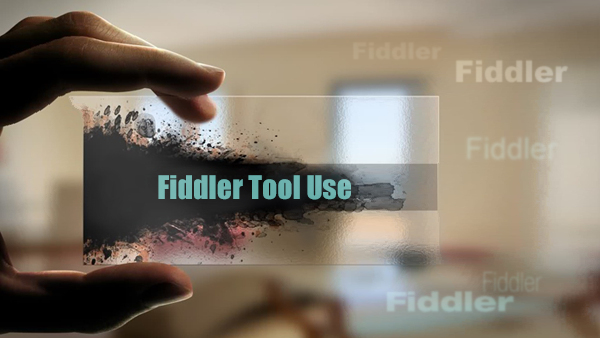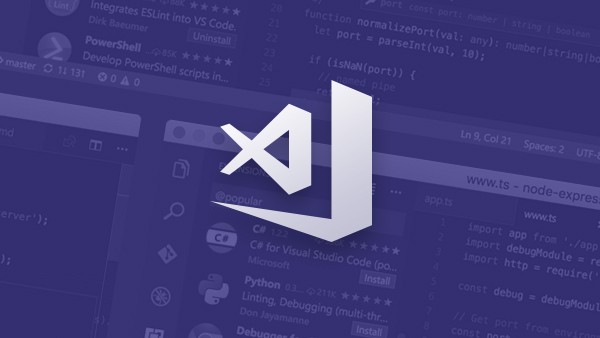众所周知,Vue 是基于组件来构建 web 应用的。组件将模块和组合发挥到了极致。Vue 是虽说吸取了 AngularJs 的 MVVM的思想,但是它是单向数据流的,也就是说子组件无法直接改变父组件状态。下面总结出常用的组件消息传递的方式。
父组件向子组件传递数据该方式的数据传递是遵循 Vue 单向数据流的规则的,因此使用起来十分的自然。若父组件的数据改变子组件的 UI 展现也随之变化。
Parent.vue
<template>
<div>
<h1>Parent</h1>
<child :name="childName" />
<button @click="changeChildName">change the child name</button>
</div>
</template>
<script>
import Child from './Child';
export default {
components: {
Child,
},
data() {
return {
childName: 'child name is what?',
};
},
methods: {
changeChildName() {
this.childName = 'no name';
},
},
};
</script>Child.vue
<template>
<div>{{name}}</div>
</template>
<script>
export default {
props: ['name'],
};
</script>效果如下:

这里介绍两种方式:
1、子组件触发事件,父组件监听事件做出数据改变
2、父组件将数据变更方法以 props 的形式传给子组件(借鉴 react 的父子通信方式)
监听事件
父组件上通过 v-on 监听子组件所触发的事件。
EventParent.vue
<template>
<div>
<h1>Event Parent</h1>
<child :name="childName" @changeParent="changeChildName" />
</div>
</template>
<script>
import Child from './Child';
export default {
components: {
Child,
},
data() {
return {
childName: 'child name is what?',
};
},
methods: {
changeChildName() {
this.childName = 'no name';
},
},
};
</script>EventChild.vue
<template>
<div>
{{name}}
<button @click="changeParentData">change the parent name</button>
</div>
</template>
<script>
export default {
props: ['name'],
methods: {
changeParentData() {
this.$emit('changeParent');
},
},
};
</script>效果如图:

传递props
因为自己写 react 较多,所以好奇 Vue 是否支持子组件回调父组件的事件处理函数,试了一下是可以的。好像 Element UI 使用该方式较多。个人认为该方法和事件方式同样灵活。
Parent.vue
<template>
<div>
<h1>Props Parent</h1>
<child :name="childName" :changeName="changeChildName" />
</div>
</template>
<script>
import Child from './Child';
export default {
components: {
Child,
},
data() {
return {
childName: 'child name is what?',
};
},
methods: {
changeChildName() {
this.childName = 'no name';
},
},
};
</script>Child.vue
<template>
<div>
<div>{{name}}</div>
<button @click="changeName">Change Name</button>
</div>
</template>
<script>
export default {
props: ['name', 'changeName'],
};
</script>
以 props 的这种方式大家可以尝试实现一下是一种新的思路。
上述三个实例都在讲述父子组件的通信,那么不相关的组件该如何通信呢?可以创建一个 Vue 的实例作为桥来中转事件。
Child01.vue
<template>
<div>
<div>我是哥哥,我来触发事件</div>
<button @click="clickButton">CLICK</button>
</div>
</template>
<script>
import EventHub from './eventHub';
export default {
methods: {
clickButton() {
EventHub.$emit('emitevent');
},
},
};
</script>Child02.vue
<template>
<div>
<div>我是弟弟,我来监听哥哥触发的事件来改变自己的数据</div>
<span>{{title}}</span>
</div>
</template>
<script>
import EventHub from './eventHub';
export default {
created() {
EventHub.$on('emitevent', () => {
this.title = 'Hi Brother';
});
},
data() {
return {
title: 'Hello EveryOne~',
};
},
};
</script>效果如图:

父组件改变子组件的数据利用正常单向数据流的特性即可,子组件改变父组件的数据可以通过事件或者函数 props 两种方式实现,非父子组件通信则利用 EventHub 中转一下。
欢迎大家指正批评、或留言。



 随时随地看视频
随时随地看视频




